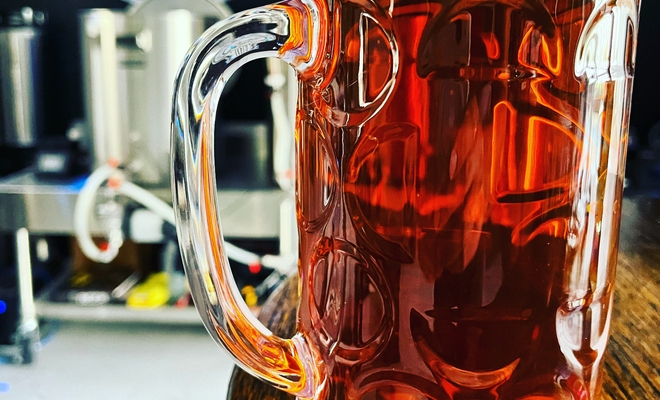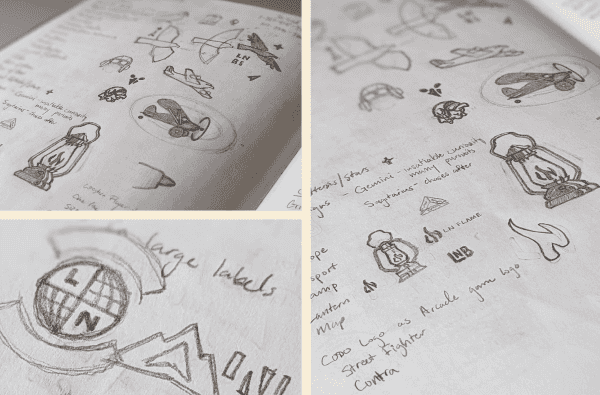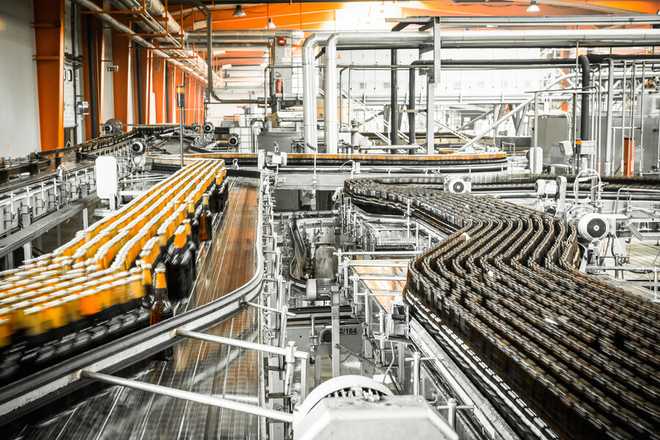When Your Marketing Draws the Attention of the US Government

The American alcoholic beverage industry is, unsurprisingly, a highly regulated sector. By the time the first drops of beer emerge from your brewery’s taps, you’ve likely spent a significant amount of capital on legal fees, licensing, permits, and you made sure your packaging meets TTB requirements. This entry isn’t about any of that (and no one would want to read about how a brewery fills out the blue form vs the green form anyway). No, this is about when you view branding or marketing as a long-term investment, and an interesting (albeit humorous) problem that can arise because of that.
Branding Early for Consistency
I won’t belabor the point that has been made more articulately elsewhere, but I will underscore the point that establishing a brand for your brewery early on is more useful than might be obvious. Aside from the brand assets that are helpful for things like packaging and websites, tight and consistent branding forces you to narrow your concept scope or vision. It also guides you through really thinking about your brand values–what your brewery stands for beyond “a quality product” and “fresh ingredients.” It helps you identify who your core customers are and how to communicate with them: be that through social media, events you decide to throw in your tap room, and even what beers you decide to produce.
Early Sketches from CODO Design
It’s worth noting that it’s tempting to skip significant investment in branding among the many, many expenses involved in opening a brewery. However, if you look at it as a long-term investment for what you hope is a (i.e., your) life-long journey with the brewery then an investment on the order of tens of thousands of dollars starts to sting a little less. More than that, your future self (and future design partners) will thank you that you can continue to grow into the brand with new packaging, merch, and even sub-brands. For Lost Nomad, it made sense to be very methodical about this step given its impact on every part of the brewery for the foreseeable future.
Market Your Lemonade Stand Beer Gigafactory
One of the more compelling reasons to brand well and early is the simple fact that it creates a more legitimate perception of your operation. I don’t mean that in a deceptive way; rather, it allows your operation to punch way above its weight. That means attracting more customers, making easier partnerships for collaborations, and at some point attracting talent to join your team. If you aren’t self-funded, including within your business plan some solid branding and a backstory that’s legitimately interesting is helpful to draw financial investment as well.
There’s probably some additional self-fulfilling prophecy angle here too: regardless of your scale you’re likely to be more organized if your brewery name isn’t scrawled across a bedsheet in your brewhouse.
Slumdog Millionaire Thousandaire
I was revisiting many of these ideas lately as I’m going through the design process with CODO Design in preparation for my first contract brew back in the United States this winter. Through any number of marketing channels I leverage today in this part of the world including Instagram, these journal entries, flyers, events in the tap room, and even word of mouth, a funny thing happened. The local American Embassy collectively sat up in its chair at the thought that what looks like a mature, well-funded brewery operation is operating an established, lucrative business below board.
This is not Lost Nomad Brewing Company
This being a true Slumdog Millionaire moment: I’ve spent a little over a year thinking through the Lost Nomad brand identity and, apparently, it shows. In any other part of the universe it might be upsetting to be questioned about the legitimacy of your operation. In this case, however, it underscores that we’re executing our marketing well and serves as a point of validation for the early, long-term investment we’ve made in the brand itself.
What about our operation was convincing that it was above board (or in US Government speak: within regulations)? Well it’s probably helpful that we’re clear upfront that feedback on the concept is more important to us than profitability. On that note of profitability: it probably also helps to be perfectly transparent about the books. There’s a running joke in legal circles that all breweries should be non-profits. With that in mind, to date Lost Nomad Brewing Company has spent $89,088.22 and generated $1,971.00. I’m not a math major but I’d need to sell over 17K pints of beer to get in the green. Breweries of all sizes require significant upfront expenses and Lost Nomad Brewing Company is no exception.
This is also not Lost Nomad Brewing Company
I’d likely be on a faster path to profitability if I sold candles–and funny enough that would be more clearly within approved guidelines. But the point of Lost Nomad Brewing Company in its current stage is to collect feedback and validate the concept, neither of which you can easily do in the United States without sinking a lot more than $89K in capital expenditures into your operation.
What’s Next
To be clear, Lost Nomad Brewing Company, LLC does in fact exist as a recognized business entity in the United States. It has to in order to contract brew there. The brewery pays its taxes and adheres to GAAP. But what’s unique about the brewery in its current stage is we’re able to rapidly iterate on the concept and collect invaluable feedback on what resonates with folks who visit the tap room. Regardless how you open your brewery, you’ll need to analyze feedback beyond just what the sales reports indicate and you’ll want to do it as fast (i.e., cost effectively) as you can.
We’re thrilled with the investment we’ve made in the effectiveness of our branding. More importantly, we’re excited that our concept allows our customers to explore variations of mainstay beer styles based on where they’re brewed around the world–to include our current corner of West Africa. We hope folks here enjoy the beer, because we brewed it for them.
